Deafness/hearing loss
360 million people worldwide have disabling hearing loss. This can be brought on by a variety of causes and most cases cannot be treated, but there are several upcoming treatments that have shown success in animals.More information: https://www.animalresearch.info/en/medical-advances/diseases-research/deafnesshearing-loss/

11/07/18 Ear implant lets deaf gerbils sense sound from light signals
A special cochlear implant has used to light to enable deaf gerbils to sense sound. The results suggest that optical stimulation could one day be used to treat hearing loss in people. The method uses a technique called optogenetics, which involves manipulating nerve cells so they can be activated by light. The team used a virus to insert a gene for a protein that detects light into the cochlea, the snail-shaped organ in the inner ear that converts sound into electrical signals. They then implanted an optical fibre into the cochlea to stimulate the these cells.
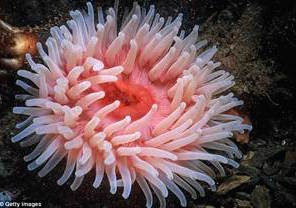
04/08/16 Anemone can repair their sensing cells.
These cells resemble the hair cells of the inner ear and damage to these leads to hearing loss. The researchers found evidence mice produce many proteins that are closely related to the sea anemone repair proteins, suggesting that it may be possible to mobilise the same repair mechanisms in mammals with damaged hearing. The scientists, who reported their findings in the Journal of Experimental Biology, hope the early research will eventually lead to a treatment for patients with acute hearing loss.
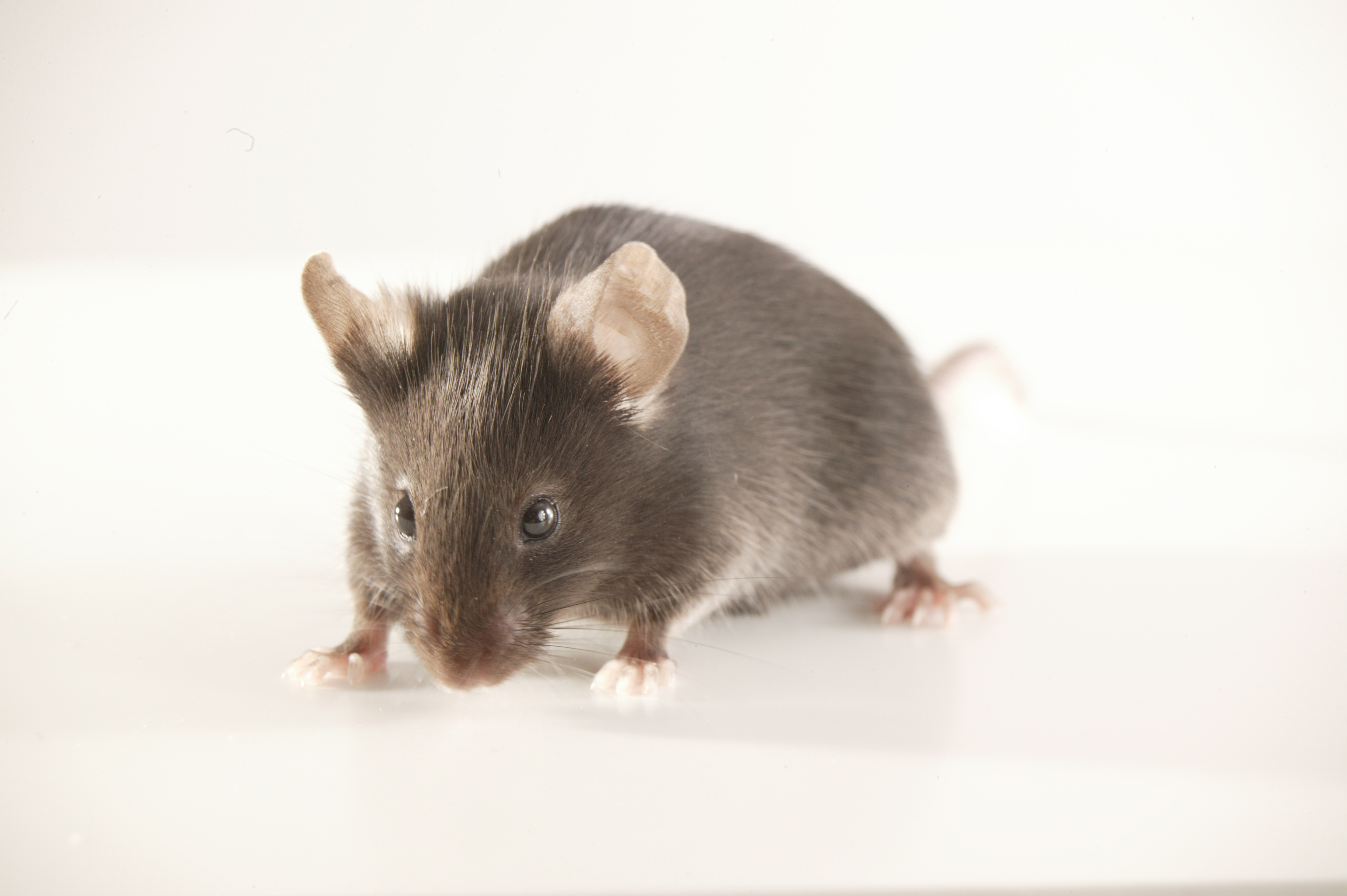
09/02/16 Wbp2 gene expression linked to progressive hearing loss in mice
Researchers at King's College London and the Wellcome Trust Sanger Institute have demonstrated that the loss of Wbp2 gene expression leads to progressive hearing loss in mice as well as in two clinical cases of children with deafness with no other obvious features. Progressive hearing loss is a very common disease however, very little is known about its molecular mechanisms therefore medical therapies have been lacking. Wbp2 was found to be involved in progressive hearing loss during a large-scale screen for hearing defects in newly-generated targeted mouse mutants. The finding of a new gene involved in human deafness following the initial discovery of its role in the mouse also emphasizes the value of mouse genetics research for better understanding human disease.
http://www.embo.org/news/research-news/research-news-2016/wbp2-is-a-novel-gene-implicated-in-deafness
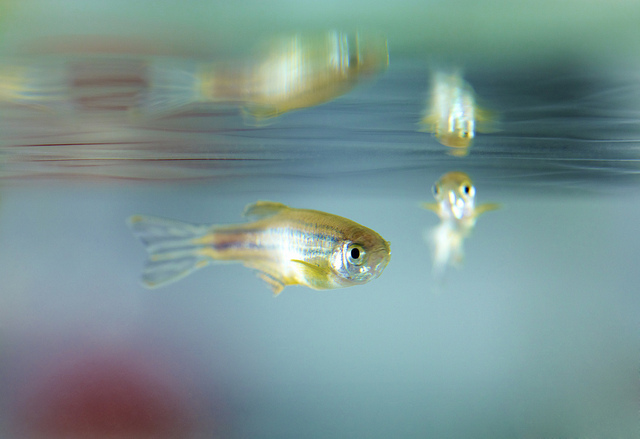
24/07/15 Zebrafish’s regenerative ability may reverse hearing loss.
Zebrafish’s regenerative ability may reverse hearing loss. The hair cells of the zebrafish – equivalent to the mammalian inner ear sensory hair cells but located on the skin of the fish – can regenerate. The genetic and neurogenic basis of this regeneration could be applied to mammals to reverse hearing loss.
"We showed that quiescence, self-renewal, and differentiation of fish sensory hair cells occur in distinct organ compartments, regulated by localized Notch and Wnt signaling interactions," added Dr. Tatjana Piotrowski, Ph.D., Research Associate Investigator at the Stowers Institute for Medical Research
http://www.alnmag.com/news/2015/07/zebrafishs-regenerative-abilities-may-reverse-hearing-loss-future
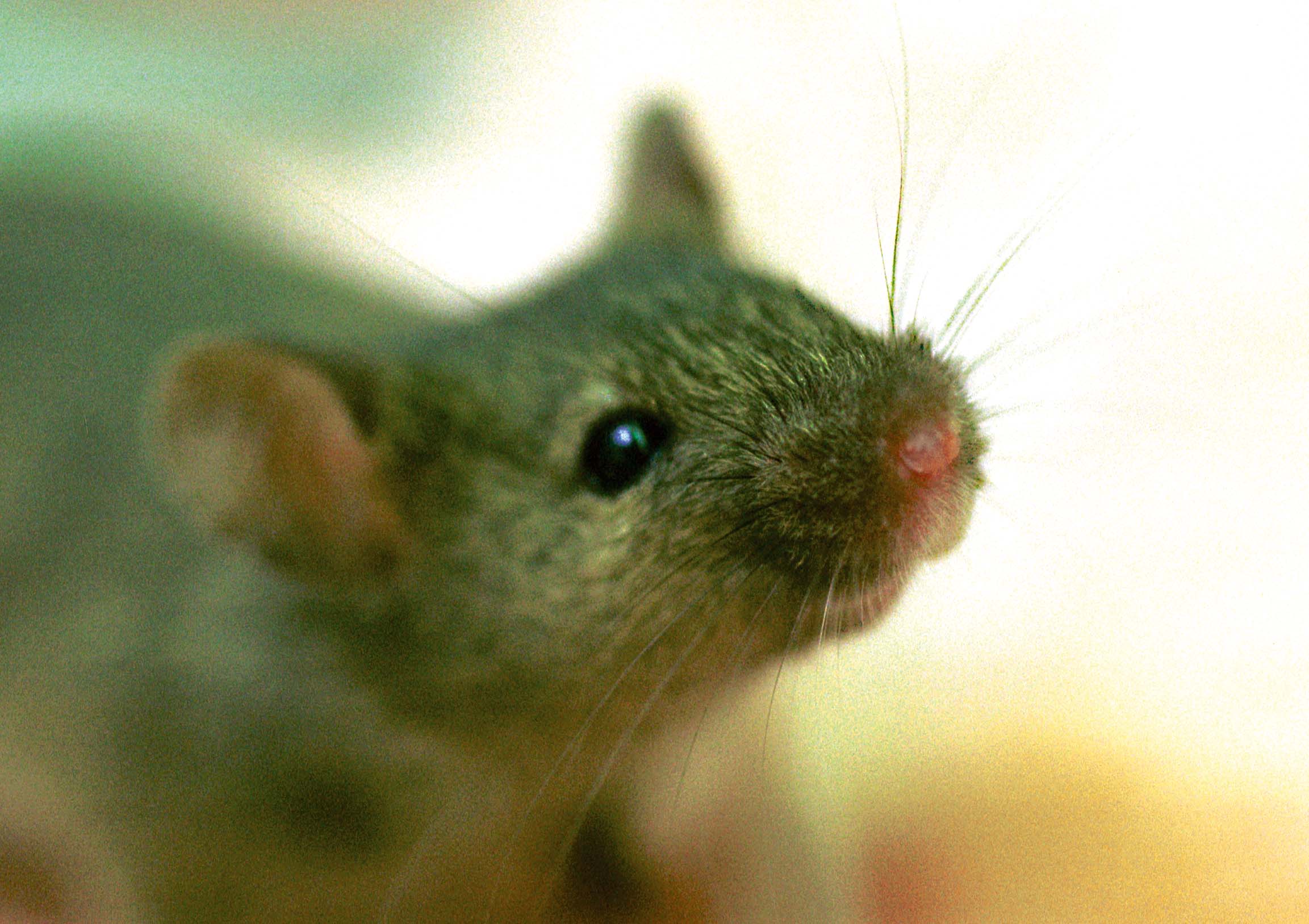
13/07/15 Deafness could be treated by a virus
Profoundly deaf mice have had their hearing improved by a gene therapy treatment using a genetically modified virus. The treatment alters the hairs in the inner ear, correcting mutations that prevent these hairs from responding to sound. The researchers hope that this finding could lead to a treatment for some forms of deafness within the next decade.
http://www.bbc.co.uk/news/health-33442820
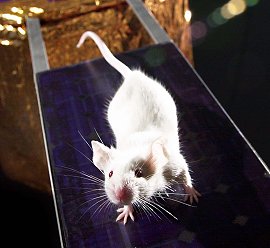
06/12/14 Vitamin B3 supplements prevent noise-induced hearing loss
Studies in mice show that Vitamin B3 Supplements Prevent Noise-induced Hearing loss. It is very easy to damage our sensitive ears and nerve ending which take information from the ear to the brain which can then lead to noise-induced hearing loss. Scientists were trying to find a way to protect these nerves from harm. The found that nicotinamide riboside – a source of vitamin B3 - protected the nerve endings, avoiding both short-term and long-term hearing loss, regardless of administration before or after noise exposure. These promising results possibly open up to new treatments for age-related hearing loss in humans, and also other age-related disorders.
http://www.iflscience.com/health-and-medicine/vitamin-supplement-prevents-noise-induced-hearing-loss-mice
Last edited: 20 November 2018 16:47
